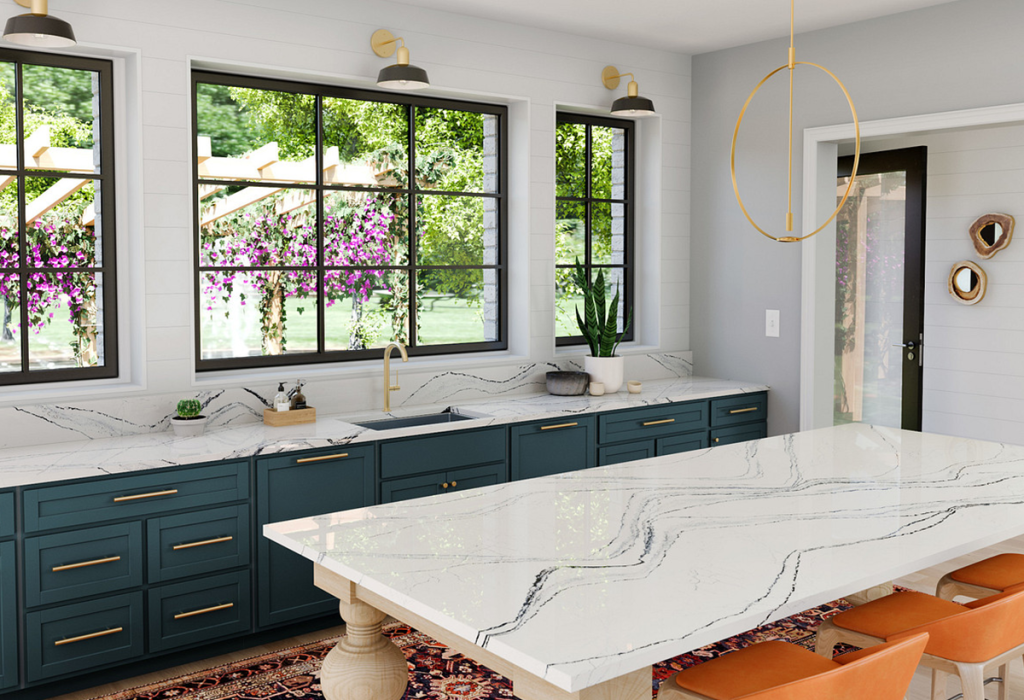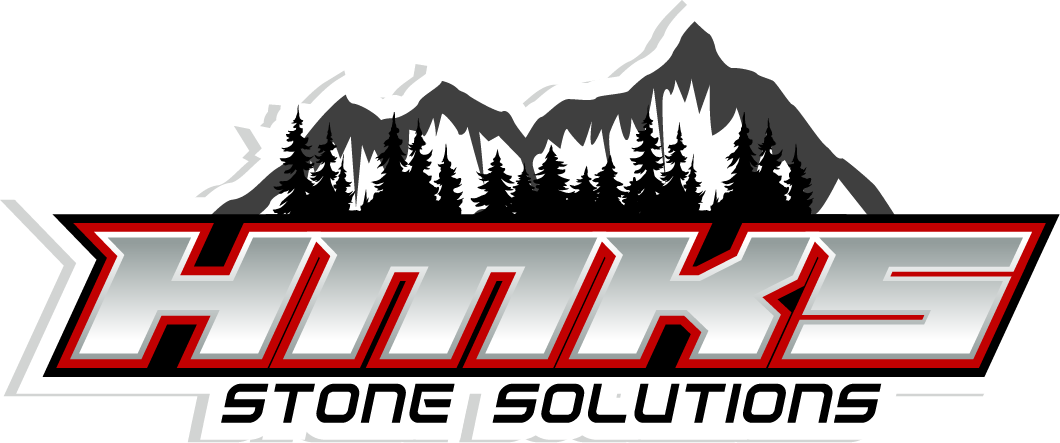
Marble Care & Maintenance
Proper stone care and maintenance is to understand your stone’s geological classification and composition. The information in this guide will help you to identify what cleaning products to use and how to maintain your natural stone countertops and backsplash, shower walls, tub surrounds and/or floors.






